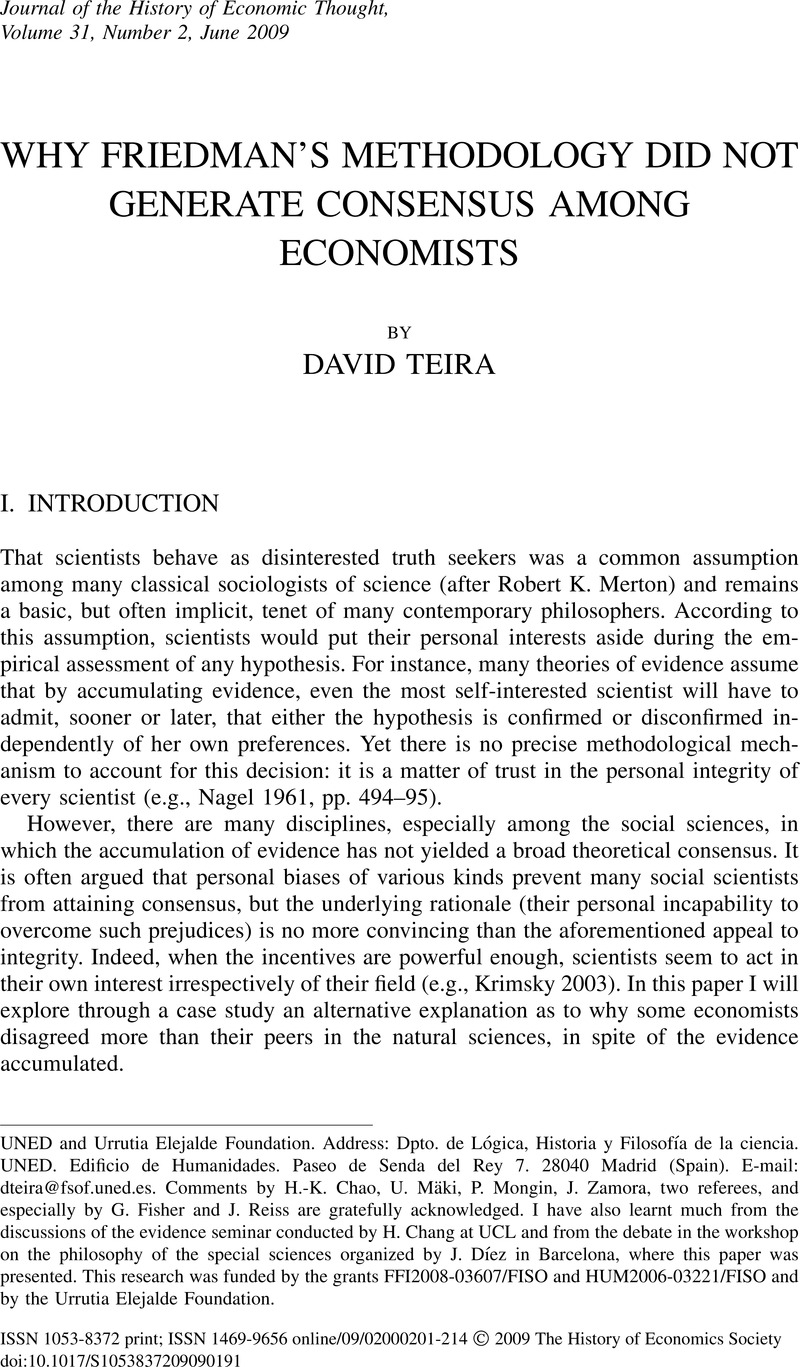Crossref Citations
This article has been cited by the following publications. This list is generated based on data provided by Crossref.
Stapleford, Thomas A.
2011.
Building Chicago Economics.
p.
3.
Orozco Espinel, Camila
2022.
MILTON FRIEDMAN’S EMPIRICAL APPROACH TO ECONOMICS: SEARCHING FOR SCIENTIFIC AUTHORITY WHILE SHAPING THE UNIVERSITY OF CHICAGO ECONOMICS DEPARTMENT.
Journal of the History of Economic Thought,
Vol. 44,
Issue. 4,
p.
600.


